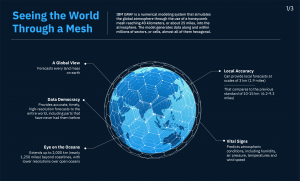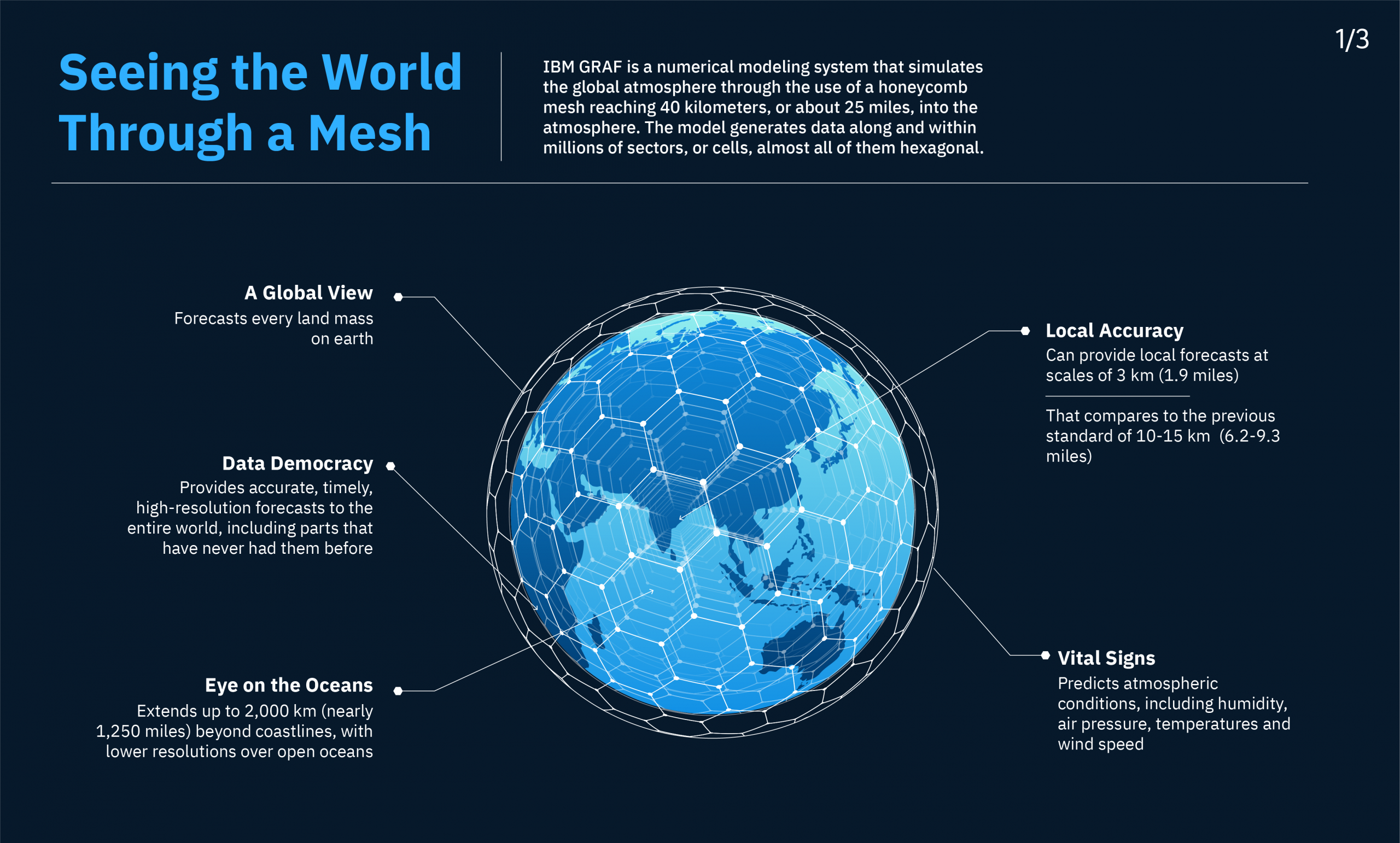Most countries have a national weather service, funded by the government. A key role is to provide a public weather service, publishing forecasts to help make everyday business and personal decisions, as well as providing weather warnings for hazardous events. Large sums of money are invested in research and development of forecasting systems; supercomputing resources and in observing networks. For example in 2018-19 the UK Met Office invested £55 million in satellite programmes. International cooperation between weather services means that weather data obtained by one country are usually distributed to others through the World Meteorological Organisation (WMO) Global Transmission Service (GTS) in near real time, and for the common good. Is this all about to change?
In the future there is likely to be an increasing need for smart, local forecasts for the safety of autonomous vehicles (e.g. to allow the vehicle to respond to rain, snow, ice etc). Such vehicles also provide an observing platform able to take local measurements of weather that could be used to improve forecasts. But who owns the data (the driver, the car owner, the car manufacturer…) and can it be distributed for the common good? Can the data be trusted? What about privacy concerns?

Across the observation sector, access to space is getting less expensive. For example, depending on the specifications, a nanosatellite can be built and placed in orbit for 0.5 million euros. Furthermore, industry is beginning to run its own numerical weather prediction models (e.g., IBM weather). This means that there are a growing number of companies investing in earth observation and numerical weather prediction, and wanting financial returns on their investments.
Do we need a new paradigm for weather prediction?

